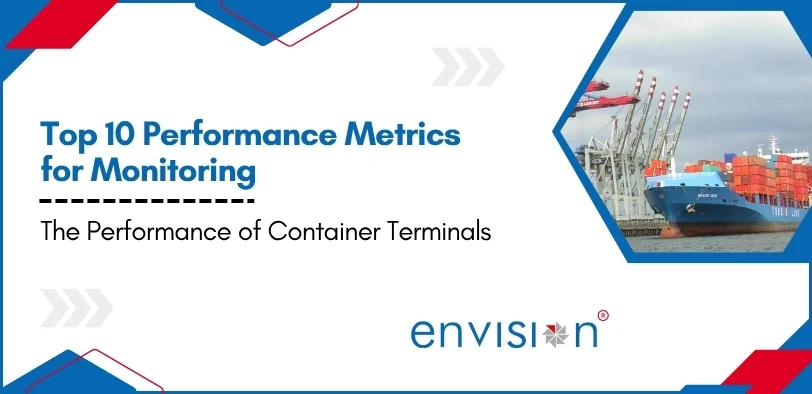Envision
What can be archived in Maximo

An archive is an accumulation of historical records. In general, archives consist of records that have been selected for permanent or long-term preservation on the grounds of their enduring historical data. This means that archives are quite distinct with regard to their organization needs.
The need for data to be stored for longer duration in the production databases causes them to grow significantly. This increase in size results in larger storage requirements, database performance issues, and longer backup and recovery time. Database Archiving provides a comprehensive solution by securely archiving the inactive data to both an archiving database and a backup media, and by providing seamless access to the archived data from the production database.
The archive application moves data that is no longer necessary for immediate day-to-day access from primary tables into a set of archive tables. The longer an instance runs, the more likely it is to accumulate data that is no longer relevant to current business needs. For example, task records from few years ago are typically less relevant than the currently active tasks. Old data may eventually cause performance issues by consuming system resources and slowing down the queries and reports. If you cannot delete this data because you need it for auditing or for historical purposes, set up an archive rule to archive the data and remove it from immediate access to free up system resources.
As you design your archival system, remember that over time, the archives will probably grow to a monolithic size. So you need an efficient way of retrieving data from the archives, should the need arise.
Here are a few elements that fall under archiving:
- Historical data
- Work orders
- Contracts
- Tickets
- PR
- PO
- RFQ
- Invoice
- Inventory Transactions for Obsolete items
- Inactive System Data
- Cron tasks history
- Escalations status
- Workflow Instances
- Doc links
- Status History
- Audit Tables
- Login session history
Many organizations archive at least some of their data. Some do so to comply with regulations, while the others use archiving to facilitate their internal business requirements. Regardless of an organization’s reason for archiving data, the process can be trickier than it appears. .Archived data is inactive and rarely altered data that needs to be retained for long periods of time.
It may be also required to retrieve this archival records whenever required in future. It also makes sense to purge the records which may not be required anytime in the future.
We strongly recommend that you use an effective Archival Solution to address your archival needs. The following features should be available in an Archiving Solution. The ability to:
- Archive, manage and retain application data in context with related metadata.
- Respond to audit and discovery requests with easy access to archived data.
- Simplify the upgrade process by upgrading only your current data.
Envision’s MaxArc is a one stop archiving solution that can address all of these requirements and seamlessly archive your data. Please go through the below link for more details about MaxArc.
Talk to us today to know how our solutions can accelerate your digital transformation
Let's Talk




.webp)
.webp)
.webp)











.webp)








%20ver1_1.webp)







.webp)
.png)
.png)







































